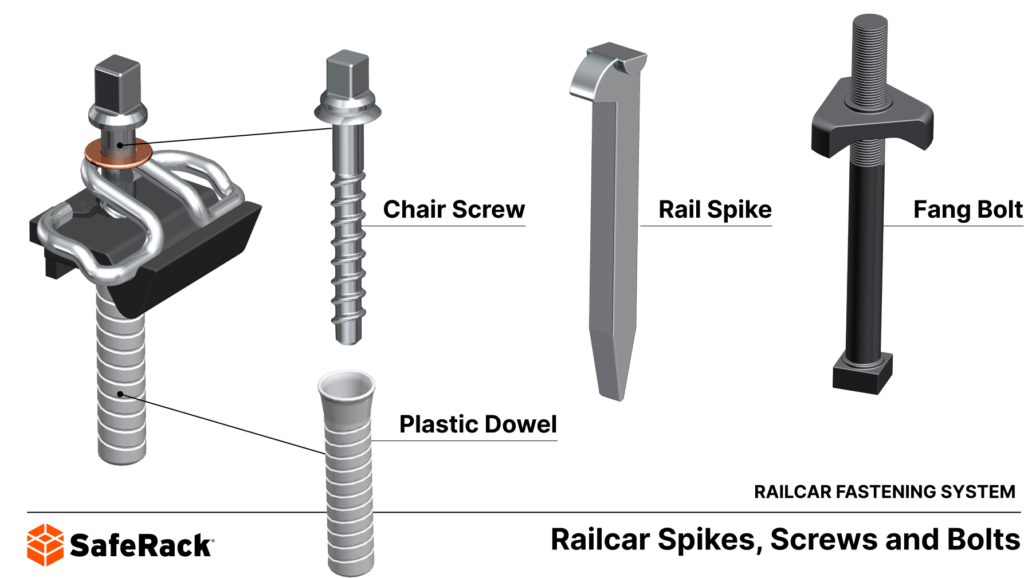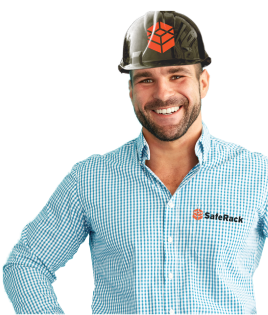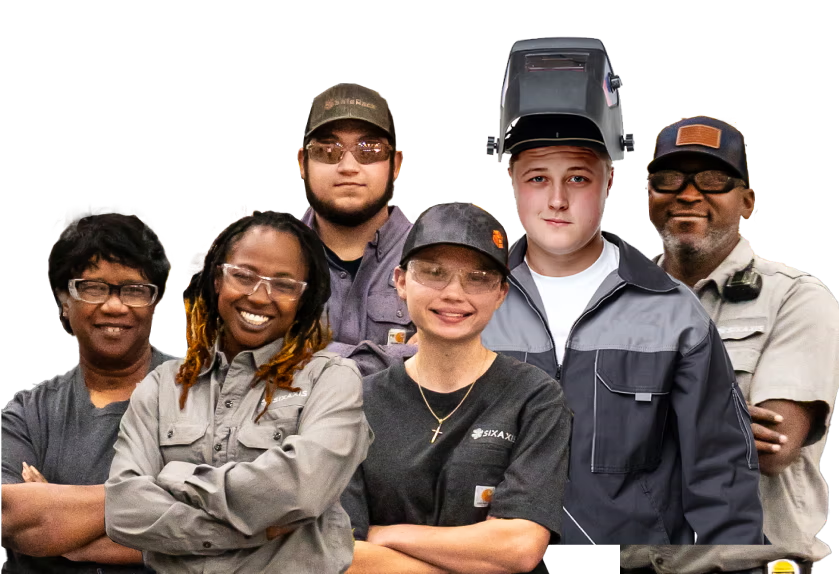Chair screws, also known as coach screws, are large metal screws designed to fasten baseplates or rails directly to sleepers. Though more expensive to manufacture than rail spikes, chair screws provide twice the fixing power and accommodate spring washers for enhanced vibration resistance. These screws create threaded connections that resist loosening under dynamic loading conditions.
Overview of Rail Fastening Systems
The evolution of rail fastening systems reflects continuous innovation in railway engineering, from the first rail chair with bolted connections in the late 18th century to modern elastic fastening systems. These systems secure rails to various sleeper types while managing forces from heavy rolling stock and environmental factors. Proper fastening ensures safe, reliable rail operations and minimizes maintenance requirements.
Chair screws excel in applications requiring superior holding power and resistance to vibration-induced loosening. The threaded design allows precise torque control during installation. Railroad infrastructure safety complements worker protection measures, where SafeRack provides OSHA-compliant gangways and platforms for safe railcar access during loading operations.
Learn more: Core Components of a Rail Fastening System | Railroad Construction Facts

Frequently Asked Questions
Chair screws typically require 200-300 Nm of torque depending on screw diameter and sleeper material. Proper torque ensures adequate clamping force without damaging wooden sleepers or stripping threads, with specifications varying based on wood hardness and moisture content.
Chair screws can be reused if threads remain undamaged and corrosion is minimal. However, reinstallation in the same holes reduces holding power by 20-30%, so new pilot holes or larger diameter screws are recommended for maintaining proper fastening strength.
Chair screws provide superior vibration resistance and maintain consistent clamping force longer than spikes. Their higher initial cost is offset by reduced maintenance frequency, fewer track geometry corrections, and extended service life in high-traffic or high-speed applications.



